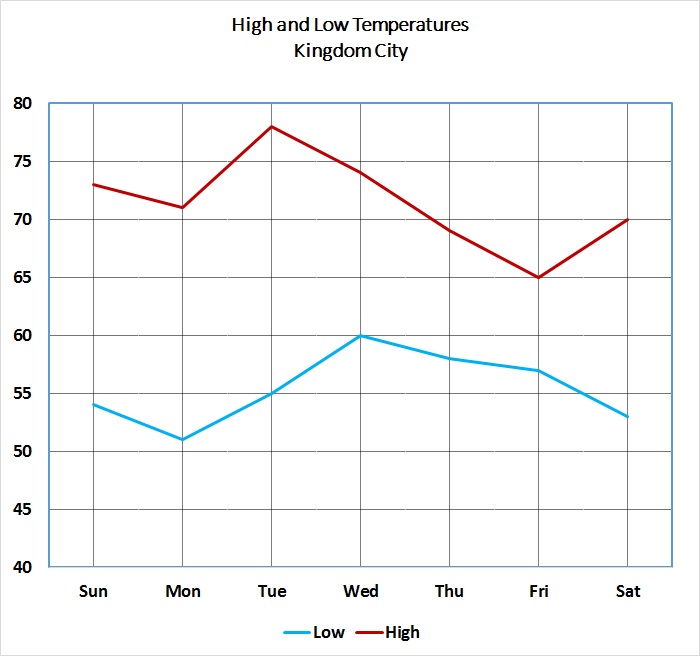All SSAT Upper Level Math Resources
Example Questions
Example Question #5 : Interpretation Of Tables And Graphs

In the above Venn diagram, the universal set 



Which of the following Presidents would fall in the pink region?
Ronald Reagan, who was born on February 6, 1911 in Illinois and served eight years in office.
Warren G. Harding, who was born on November 2, 1865 in Ohio and died during his third year in office.
Woodrow Wilson, who was born on December 28, 1856 in New Jersey and served eight years in office.
Richard M. Nixon, who was born on January 9, 1913 in California and resigned during his seventh year in office,
Abraham Lincoln, who was born on February 12, 1809 in Kentucky and was shot to death during his fifth year in office.
Warren G. Harding, who was born on November 2, 1865 in Ohio and died during his third year in office.
The shaded region is inside set 
The region is outside of 
The region is outside of 
The correct response is Harding.
Example Question #1 : Venn Diagrams
Given the Venn diagram below, which of the following does not belong to 

The symbol 

Example Question #1 : Venn Diagrams

A group of high school juniors are taking Biology, Calculus, and Spanish as shown above. Which student is not in the set 
Bob
Steph
Andy
Patrick
Molly
Patrick
The notation 

Example Question #11 : Data Analysis

Giving the Venn diagram above, what is the sum of the numbers in the set 
The notation 


When we add the numbers together, we get:
Example Question #1 : How To Read Graphs

Refer to the above graph. Which of the following comes closest to the percent of increase in population enjoyed by Jones City between 1900 and 1950?
20% increase
80% increase
60% increase
40% increase
100% increase
60% increase
In 1900, the population was about 3,500; in 1950, it was about 5,600. A reasonable estimate of the percent of increase would be
so 60% would be the most reasonable choice.
Example Question #2 : How To Read Graphs

The above figure shows two black quarter-circles inscribed inside a rectangle. If the black region has area 200, what is the area of the white region (nearest tenth)?
If the radius of each quarter-circle is 
Set 

The area of the rectangle, which we will call 
The area of the white region is the difference of these two areas, or
Example Question #13 : Interpretation Of Tables And Graphs

Refer to the above graph, which shows the high and low temperatures for Kingdom City over a one-week period.
Tim wants to know the high temperature for the Sunday of the next week. He does not have access to that information, but he knows that it was higher than those of exactly four of the five previous days, and lower than that of one of them. Which of the following temperatures could have been the high temperature for that day?
Since we are dealing with the day after the last one shown, and we are comparing that day's high temperature to those of the previous five days, we only need to concern ourselves with the high temperatures for Tuesday through Saturday.
Examine the figure below, which shows the high temperature line for those five days.

For the high temperature for the next Sunday to be greater than exactly four of the five and less than the remaining one, the temperature must be strictly between the highest and second-highest high temperatures, which are seen to be 78 and 74 degrees, respectively. That is, if we let 
Of the four choices, only 75 falls in this range.
Example Question #14 : Interpretation Of Tables And Graphs

Refer to the above graph, which shows the high and low temperatures for Kingdom City over a one-week period.
Which of the following temperatures occurred at least once on each of the seven days?
The graph is recreated in the figure below, with horizontal lines at the 57, 62, 67, and 72 degree levels.

It can be seen that of the four lines, only the 62 degree line falls between the high temperature and low temperature for each of the seven days. This is the correct choice.
Example Question #15 : Interpretation Of Tables And Graphs

Refer to the above graph, which shows the high and low temperatures for Kingdom City over a one-week period. The temperatures at left are given in degrees Fahrenheit.
Temperatures given in degrees Fahrenheit can be converted to the Celsius scale using the formula

Express the lowest temperature of the week in degrees Celsius (nearest whole degree).
As can be seen below, the lowest temperature for the week was 

To convert this to degrees Celsius, set 


Example Question #16 : Interpretation Of Tables And Graphs

Refer to the above graph, which shows the high and low temperatures for Kingdom City over a one-week period. The temperatures at left are given in degrees Fahrenheit.
Temperatures given in degrees Fahrenheit can be converted to the Celsius scale using the formula
What was the difference, in degrees Celsius, between the highest temperature and the lowest temperature for the week (to the nearest whole degree)?
As can be seen below, the highest temperature for the week was 


To convert the former to degrees Celsius, set 

To convert the latter, do the same, with 

The difference is


Certified Tutor
Certified Tutor
All SSAT Upper Level Math Resources
















































